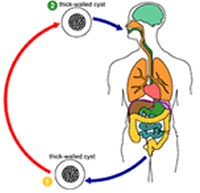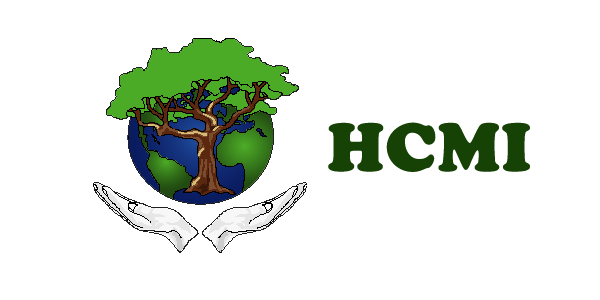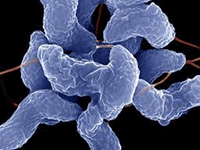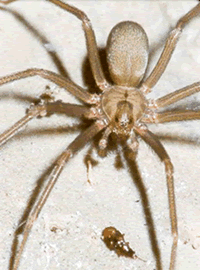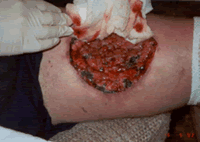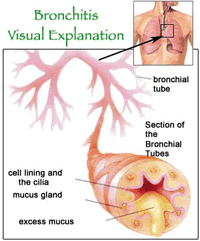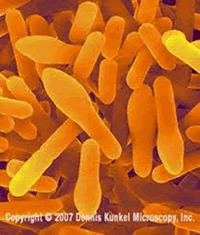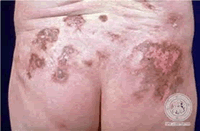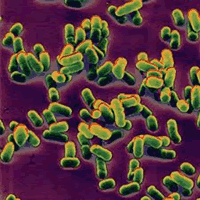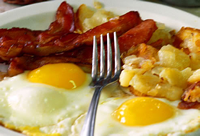
Heart disease is one of the top causes of death in the world and cholesterol has been deemed a primary culprit. But is cholesterol really the villain in heart disease? That widely held narrative is certainly what the people who make the money selling Statin drugs tell you. However evidence and real life experience indicate that if you are on medication for cholesterol, not only is it not helping you prevent heart disease, you may be in more danger! The meds may be reducing the numbers seen in your blood test, but at what cost to your health? The fact of the matter is that there is not a single scientific paper on the planet proving that cholesterol causes atherosclerosis (clogged arteries or arterial plaque) which supposedly leads to heart disease. Check this link for that proof. https://www.westonaprice.org/the-cholesterol-hypothesis-by-tim-noakes/
So eat what you want and don't worry what your cholesterol numbers are? Well, no. Eating unhealthy does damage to your body somewhere, even if is isn't directly linked to your heart. The cholesterol numbers indicate damage to your circulatory system, not the risk of heart disease. The human body is incredibly intelligent. If your cholesterol numbers are getting too high (and we will talk about what high numbers are in a moment) it is actually helping you! It is a signal that you have injury occurring inside your circulatory system and the body is making cholesterol to patch the injury. So what happens when you take toxic medications to stop the process? You have also stopped the repair mechanism for the injured vessels. The bigger issue is tryiglycerides and the thing that drives that up is too much refined sugar and simple carbohydrates.
Total cholesterol should be between 180-200 ml/dl (milligrams per deciliter, which are the units in which blood cholesterol is measured in the United States). 220 isn't even a number to worry about, certainly not worth taking medication for! Shucks, if my numbers were to spike for some reason, I would never consider medication as an option. I would just start doing more exercise and cut the sugar and carbs for a while. The medications used to reduce cholesterol are far worse for your health than the cholesterol itself and they are not even addressing the real issue! The cholesterol game is one of modern medicines biggest scams ($$). Did you know that cholesterol is actually good for you? Cholesterol is an essential component of all cell membranes, it is required to maintain a healthy cell wall. It is also a precursor to many hormones (these are the critical messengers in your body). It is required for bile acids, which help digest fats, and it is necessary to make vitamin D. Without a proper amount of cholesterol, you simply cannot be healthy. A total cholesterol less than 180 isn't even healthy!
Most cholesterol is made in our liver and the liver makes far more cholesterol than you could ever eat in a day. It has very little to do with "high cholesterol" foods and nothing to do with genetics either. It is all about the kinds of sugars and carbs you consume and how well your body processes them. It is the liver's job to store and process glucose (sugars) and when it can't, you will have problems with cholesterol and tryglicerides.
What about "good" vs. "bad" cholesterol? Useless rubbish, get back to the real issues.

If you have a severe cholesterol problem, refined sugars are typically too high in your diet. Eliminate the carbs for a while, or at least simple carbs and anything with added sugars, particularly high fructose corn syrup and yes, low calorie sweeteners as well. (Stevia is fine to use.) As far as meats, fats, eggs and other "high cholesterol" foods, if you choose organic, free range versions of those, they play pretty much zero influence in cholesterol issues. There is a FREE treatment that compliments those dietary changes very well. It's called exercise! I definitely recommend use of the protocol listed to ensure any deeper causes, like liver imbalance, are being dealt with. I listed IC-1 in the protocol because the ingredients are wonderful at pulling excess fat from the body and cleaning out the intestine. I would highly consider the Gallstone Flush (explained in the Blog) and repeat it as often as every 5 weeks until you are not passing any sludge or stones.
By the way, the main reason a person has a heart attack is from elevated levels of homocystein.
